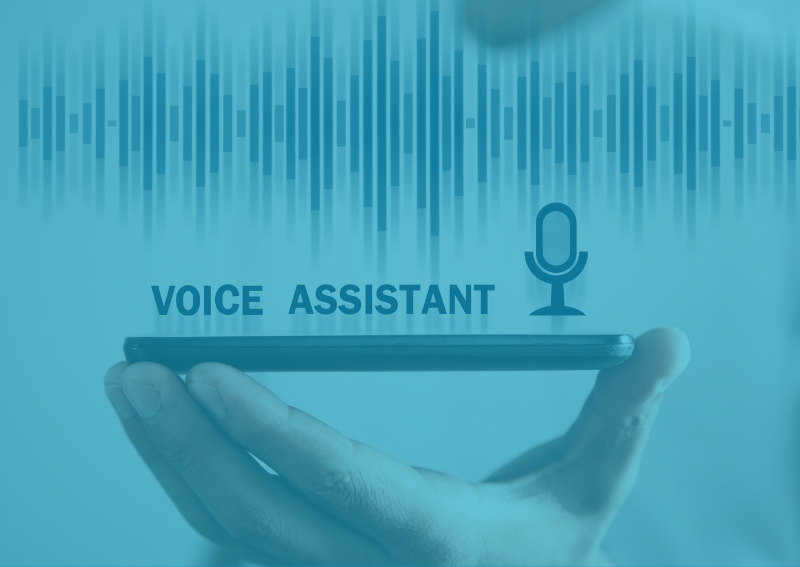Transforming Customer Support with the AI-Attendant: A New Era of Customer Experience
In today’s fast-paced digital world, customer expectations are evolving. Customers now demand fast, personalized, and reliable support at all hours. While human agents offer an invaluable personal touch, modern businesses need additional tools to ensure consistency, efficiency, and 24/7 availability. Enter the AI Attendant—an innovative solution to enhance customer support operations by seamlessly complementing your … Read more










